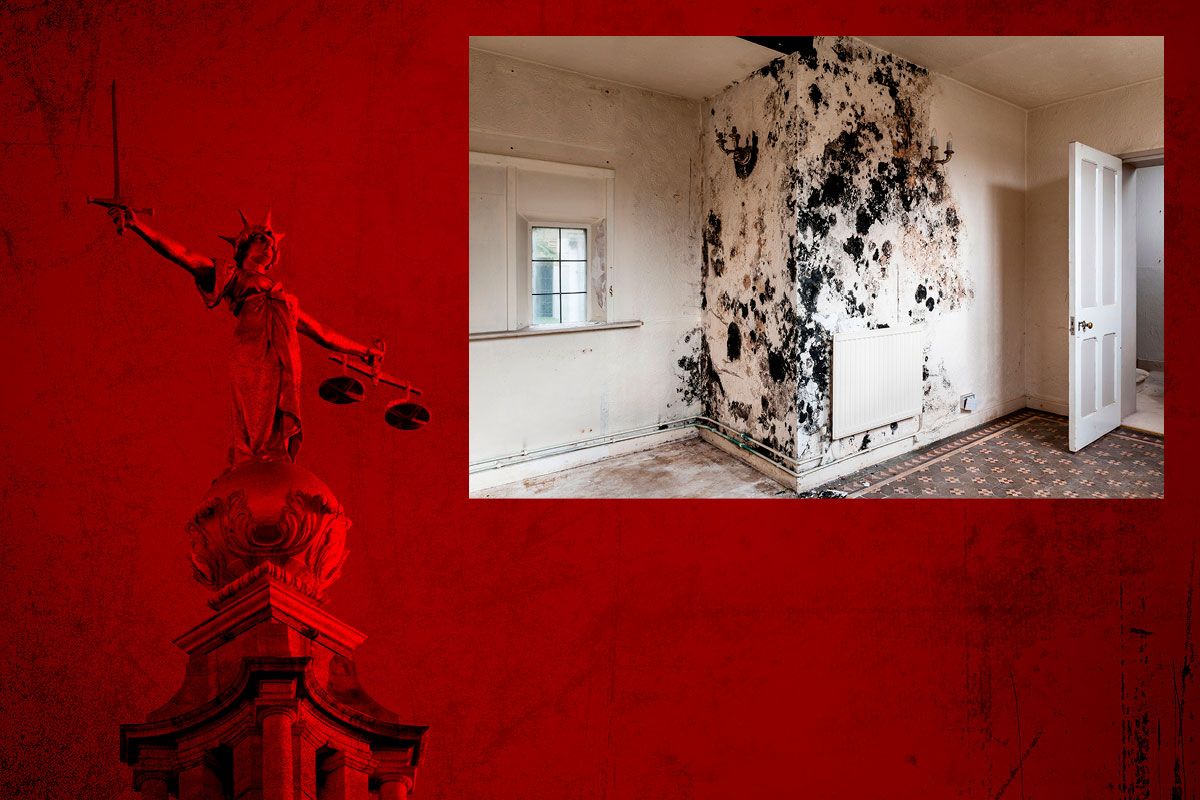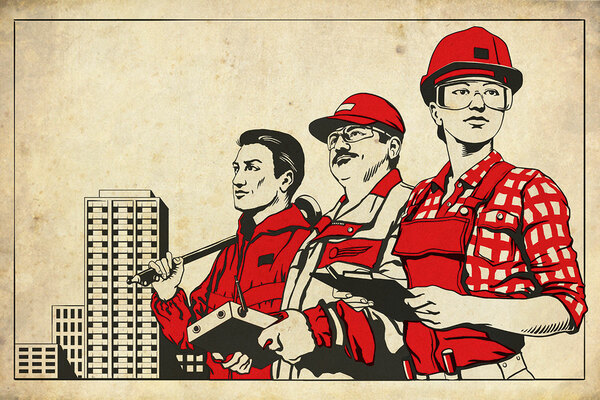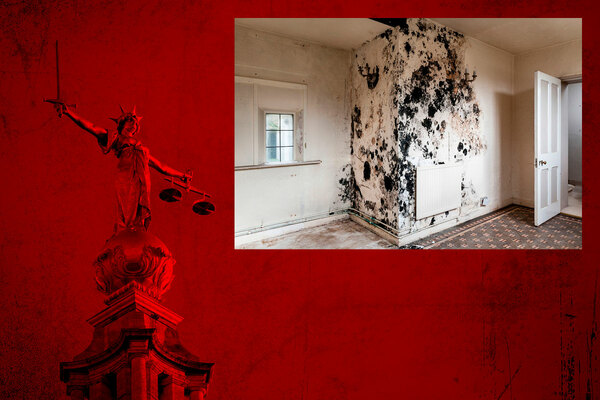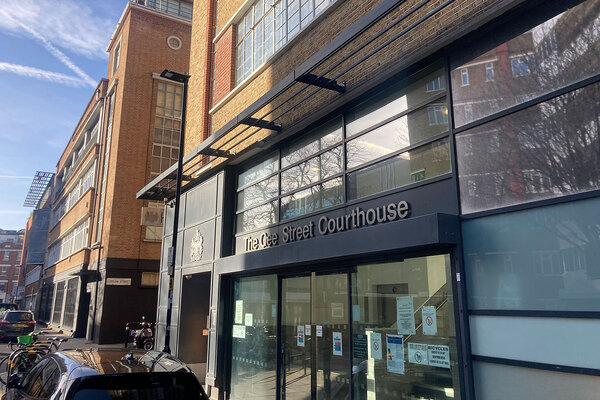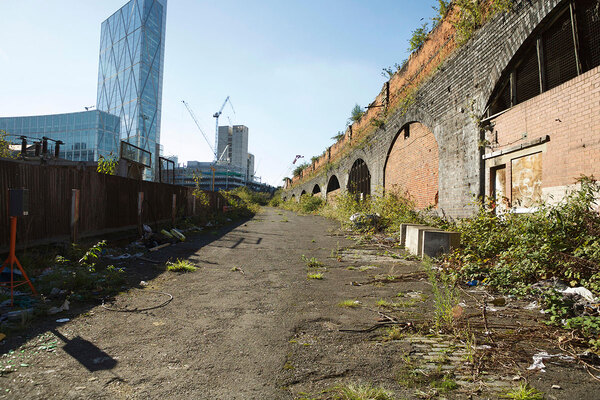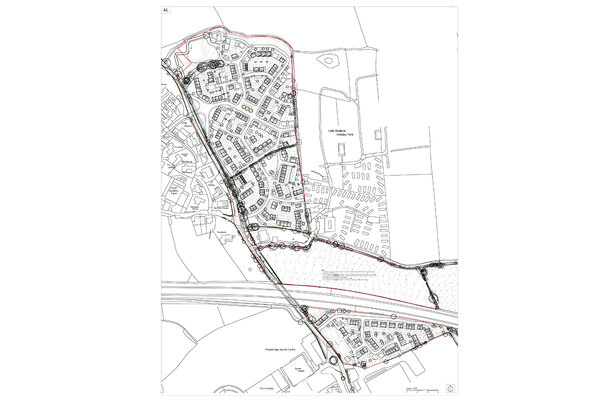You are viewing 1 of your 1 free articles
Homes (Fitness for Human Habitation) Act: how will social landlords respond?
A new piece of legislation will enshrine tenants’ right to an improved standard of housing. Some are warning that social landlords will have to up their game to keep up. Rhiannon Curry finds out how they are getting on. Pictures by Alamy/Getty
Leaky taps, broken ovens, or boilers on the blink – no tenant wants to live with problems in their home for very long. But what happens when those problems become more serious, or even when issues with a property become so acute that a resident can no longer live in it?
A new piece of government legislation intends to ensure that landlords are held accountable for the condition of their properties, and strengthens the route for redress if they are not up to standard.
The Homes (Fitness for Human Habitation) Act began life as a private members’ bill brought by Labour MP Karen Buck, was given royal assent in December, and came into force three months later. The act revives a clause that already exists in the Landlord and Tenant Act 1985, requiring all rented homes to be ‘fit for human habitation’ at the start of a tenancy and to remain so throughout, but updates the standards to cover modern homes.
“Quite a lot of new builds might have problems because they have been built to be energy efficient, but they are inadequately ventilated and therefore prone to mould” Giles Peaker, lawyer, Anthony Gold Solicitors
The list of possible issues that could render a property unfit to live in include: damp and mould; domestic hygiene, pests and refuse; inadequate provision for safe preparation of food; excess cold or heat; or poor natural lighting and ventilation.
From March, these rules applied to new tenancies, but from next year, they will apply to existing tenancies as well. So what does this mean for housing associations’ repairs and maintenance strategies? And will social homes meet the new standards?
“I know some [housing associations] have taken quite a proactive approach and are considering their stock,” says Giles Peaker, a lawyer at Anthony Gold Solicitors, who worked with Ms Buck to draw up the bill.
He thinks the scale of the problem could be widespread. According to the English Housing Survey 2015-16, there were 244,122 social homes with a ‘Category 1’ hazard under the housing health and safety rating system (HHSRS), which is defined as a “serious and immediate risk to a person’s health and safety”. It is fair to assume that a number of these homes are unlikely to comply with the new legislation, Mr Peaker explains.
“This will not just be old properties,” he adds. “Quite a lot of new builds might have problems because they have been built to be energy efficient, but they are inadequately ventilated and therefore prone to mould.”
Although in theory housing associations have until next year to make sure their properties comply, if they sign new tenancies in the meantime, those will have to comply immediately.
Some are warning of a “barrage of claims” against both housing associations and councils.
Louise Shawcross, partner at Aticus Law, says: “Local authorities and social housing providers are facing a perfect storm of an increasing number of housing claims and a declining amount of funds and resources to deal with them effectively.”
But the housing associations Inside Housing speaks to argue that this new legislation adds little to their existing obligations under the Decent Homes Standard, or existing health and safety legislation, and will not significantly change the way they undertake repairs and maintenance over the next year.
Jesse Meek, head of property asset management at Sovereign, says that the new rules have greater implications for tenants than landlords. “Sovereign has always wanted to deliver on what the regulator expects,” he says, “and we would want to do that whether this [new act] was in place or not.”
The 57,000-home landlord has not allocated any extra cash in anticipation of additional repairs work to meet the new legislative standards. “Does this fundamentally change our business plan or do we want to factor in more costs? No, being compliant is already in our business plan,” he says.
He adds that the organisation plans to use the time to review some of its systems for managing repairs and maintenance, but more as a precaution than a change in strategy.
“It is an opportunity to do some internal checks on some business processes and we’ll do that over the next two or three months as we work towards the next business plan round,” he says.
The changes in rules are far more likely to change practices in the private sector, which is less heavily regulated than the social sector, explains Amy Simmons, head of policy at the National Housing Federation (NHF).
“[Housing associations] will already be assessing their stock on the same basis and know what the issues are,” she says.
The NHF has also fed into a wider government review of the health and safety rating system, she explains, showing that legislation is constantly being updated. “We’re expecting some information on that to come out reasonably soon,” she adds.
Perhaps the biggest shift in the law that the new legislation brings in is aimed at tenants: they will no longer rely on patchy local authority enforcement of standards, but will instead be able to take their landlord to court when properties are unfit to live in, and will be able to compel them to carry out work.
“It is a good piece of legislation and it will strengthen the arm of tenants, and the ability to go to court directly rather than go through the council is useful. Previously, for some tenants, that could be quite a time-consuming and frustrating process,” says Jenny Osbourne, chief executive of Tpas.
Although landlords may not be required to do extra work in terms of repairs to their stock, the fact that tenants will now be able to take them to court may change the way they engage with residents on the issue.
Ms Osbourne says that the legislation has been written in such a way that it will be able to be updated as tenants bring cases against landlords.
“It is a good piece of legislation and it will strengthen the arm of tenants” Jenny Osbourne, chief executive, Tpas
“It seems to be quite a flexible standard, and so it will be about the body of case law that starts to build up,” she says. “We get a sense that there are lawyers who are ready to go on this and some who want to see case law established quite quickly. Landlords need to be ready for that because there are people who will want to test the standards [in court].”
Housing associations might take the opportunity to assess their stock to ensure that it complies with standards for living, even if the new act is likely to make little difference to the way they carry out repairs.
But for tenants it could be a game changer. Where before they might have faced lengthy delays in getting problems fixed, potentially leading to long-term physical or mental health issues, now they could have their day in court.
